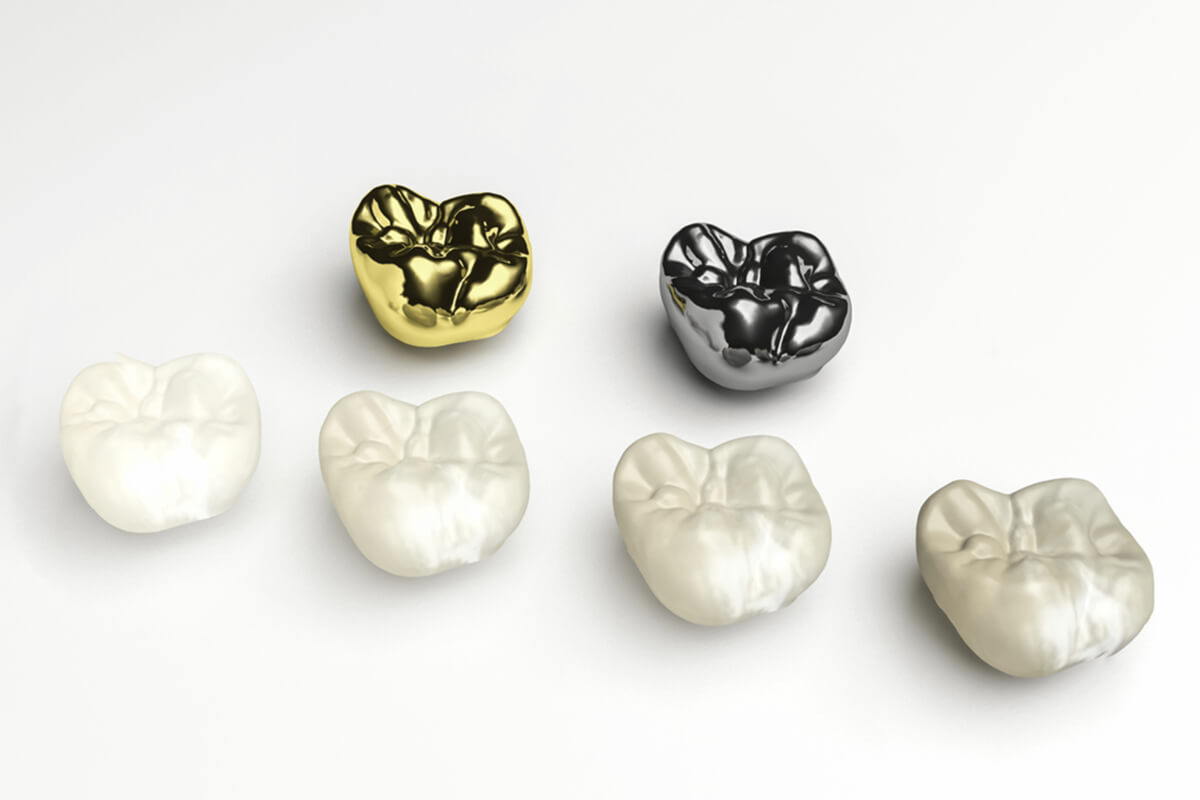A dental crown is essentially a cap that completely covers a tooth for reasons that vary from aesthetics to function. It is an applicable solution for treating a significantly damaged tooth. You can consider having such a procedure to treat a fractured tooth, conceal a tooth with a large filling, strengthen a weak tooth along with other dental issues a dentist may advise as a viable remedy. Below are the steps involved in a successful dental crown procedure.
1. Finding a skilled dentist
Many people ignore the importance of searching for quality dental services. Dental services such as dental crowns in Carrollwood, dental implants, and root canal therapy should be treated as an investment. A careful search is important before settling on a dentist offering treatment using dental crowns near you. Emphasis should be placed on quality materials, treatment skills, and experience.
2. Inspection
Your dentist will have to inspect your tooth and mouth to either suggest or eliminate the use of dental crowns as a solution. There are some instances where the tooth is far too damaged that it cannot support a crown. Some situations call for other treatment procedures together—with the use of dental crowns. After agreeing to acquire the procedure for dental crowns, the dentist will advise you on the most-effective materials to use for your situation. Dental crowns near you are made of different materials. Each material has its own advantages and disadvantages, and these differences also affect the total cost you will incur.
3. The dental crown procedure
At most dental health clinics that offer dental crowns in Carrollwood, you will need at least two visits for the completion of the dental crown procedure. The first visit is when the inspection takes place. Afterward, the dentist will take some impressions of the tooth. These impressions are used in a laboratory to make the crowns that will be used. The tooth is covered with a temporary crown that is removed on the second visit and replaced with the permanent crown. The procedure is as follows:
4. Anesthetizing
This refers to the numbing of the tooth and the gum tissue. This relaxes the nerves and makes the whole procedure much more comfortable. Administering anesthetic makes it possible to achieve a painless procedure so you should not worry at all.
5. Tooth shaping
This involves using gingival retraction cords to move the gum tissues just enough to be able to take the impression of the whole tooth. It also allows room for the cutting of the tooth to achieve the right size for ideal crown placement. How much of the tooth enamel is removed depends on the material of the crown and the extent of damage the tooth had suffered so as to have a crown as treatment. Other times, the dentist might be forced to build up the tooth instead of treating it.
Taking impressions
The impressions required are for the tooth needing a crown and the directly opposite one too. This is to achieve an ideal crown that fits well when biting and chewing. There are two ways your dentist near you can take impressions. The traditional way involves the use of a putty-like substance that a patient bites. This leaves the shape of the tooth on its surface. The modern way involves the use of a handheld camera that records the details of the tooth and then transfers the information to a computer. The details are then used to construct a crown.
Permanent dental crown placement
Permanent crowns take several days to be ready. On the second visit, the temporary crowns are removed and the permanent crowns are put into place. A special cementing substance is used to fix the crown on the tooth. The excess substance is then wiped away and the cement is dried.
For the next 24 hours after a dental crown procedure, it is important to avoid hard or sticky food so as to allow the cement to harden. You might also experience some discomfort and mild pain for the first few days. Your dentist in Carrollwood may prescribe medication to ease these symptoms. Are you considering dental crowns to restore your smile? At Playa Family Dentistry, we’re here to help! Contact us today to schedule your consultation and take the first step toward a healthier, more confident smile.
Relevant Blogs:
